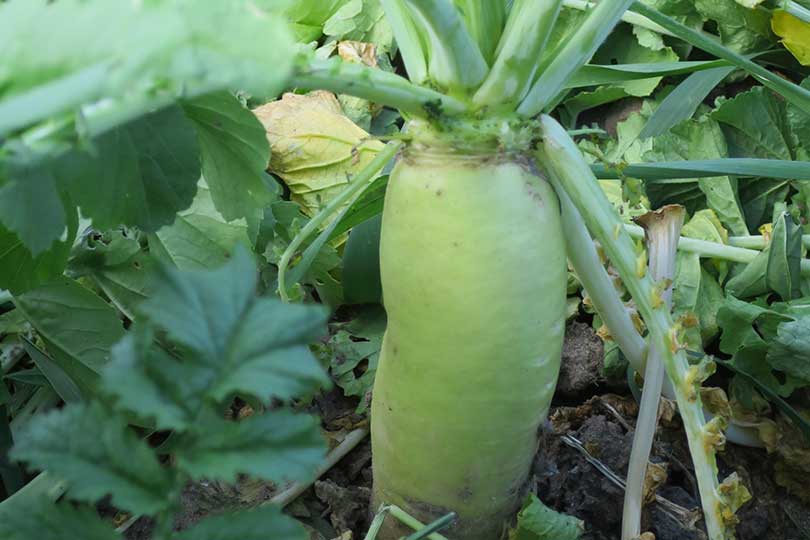By Jennifer Dorsett
Field Editor
There are seed shortages in cover crops like radishes, hairy vetch and annual clovers that may impact farmers’ plans for this fall, according to Jerry Hall, director of research at GO Seed.
He attributed the seed shortfall to the record number of acres planted to cover crops last year through the U.S. Department of Agriculture’s (USDA) prevented planting program.
“What we typically see in shortage situations is that seed will still be available to producers. However, it may be ‘bottom of the bin’ in terms of quality and can carry a lot of risks,” Hall said in a recent article for Progressive Forage. “While it is essential to get your seed ordered as soon as possible for fall planting, ensuring the quality is also paramount.”
There are four main priorities to consider when ordering seed: purity, germination rate, environmental appropriateness and genetics.
By federal and state law, all agricultural and vegetable seed sold for planting purposes must be purity tested for weed content percentages.
But Hall said seed intended for livestock feed is not required to undergo purity testing, so it is important for the buyer to clearly convey the intended purpose when purchasing seed.
“When evaluating purity tests, there is no ‘take it or leave it’ benchmark for contamination percentages,” he said. “Instead, weigh up the risks against what you are trying to achieve and if the weed is going to be controllable or not.”
Once in the ground, some weeds are extremely difficult to eliminate. Hall advised farmers to check that the purity test matches the lot number on the seed bag before loading it up for planting.
While federal law also regulates germination rate in seed sold for planting, Hall said some seed is fragile and will experience significant reductions in germination rate if mishandled or stored improperly.
Because of this, he recommends conducting on-farm germination testing prior to planting. Hall’s preferred method is to count out 20 seeds and roll them up in a wet paper towel. Then, store the seeds in a zipped plastic storage bag for about a week. Most seed will germinate in seven to 10 days, he noted.
If germination rates are low, try another variety or refer to the seed distributor for assistance.
Although some cover crops may receive attention due to their successes in other areas, Hall said farmers and ranchers need to consider their local environment when selecting seed. Due to climate and environmental variances, a variety that works well in one area of the state may not work at all in another.
“A great way to learn about what does and doesn’t work in your local area is to start speaking to your neighbors. It is important to understand what they are trying to achieve and the practices they are implementing,” Hall said.
He also recommended analyzing data from research trials and platforms like his company’s Cover Crop Information Map.
The platform centralizes trial and research data into one location, according to Hall. Combining this data with neighbor feedback can provide farmers and ranchers a good starting point for conducting their own farm trials.
Hall cautioned growers against buying cheap seed with unproven genetics.
“While it may come with a cheaper price tag and be readily available, it is best to avoid the use of ‘variety not stated’ (VNS) seed as it is essentially a crapshoot when it comes to consistency of performance,” he said. “To ensure good performance and to have reliable data that will allow you to make strategic management decisions, cover crop seed should be selected for variety traits.”
Information available from quality seed, like heading date or approximately how many days from planting that the plants will head out, gives farmers a target date range to terminate the crop before it turns into a weed and causes problems. Hall added variety data also allows ranchers to select crops with higher amounts of biomass, useful data when the crop is planned for livestock forage.
Considering these factors when buying seed will help farmers and ranchers minimize risk while maximizing their cover crop investment, Hall said.

